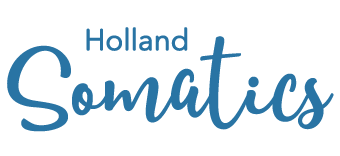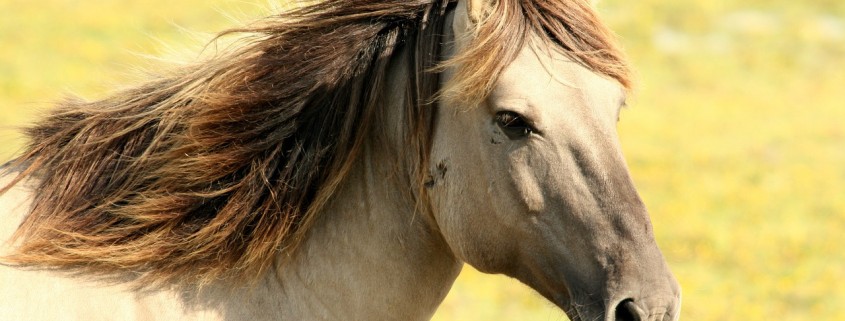What I’m Learning from Doing Hanna Somatics with Horses, Part 1
Since beginning my training last May in Equine Hanna Somatics, I’ve learned so much and have become aware that my work with horses has positively impacted my entire practice. In this 3-part series, I’ll explore how my Hanna Somatics work with horses has enriched my understanding of the potential provided by Hanna Somatics and how I believe it has improved my overall effectiveness as a practitioner.
Part 1 – Check your agenda at the door.
When I first began doing Somatics with horses, I often had a goal in mind. For example, I might arrive with the intention of practicing a particular protocol learned in the training. And, sometimes I could make that happen. Other times, the horse had his/her own ideas, and I finally realized that’s quite alright.
Now, I’m learning that if I enter each session with an open and calm mind, I may pick up on subtle (and also not-so-subtle) directional movements that a horse communicates while we’re working together. It’s not unusual to find that horses move easily into their “tension patterns,” clearly showing where they need help. For example, if their back legs are “cow-hocked” (i.e., the main joint halfway down the back legs is bent and angled toward the other), they may move in that direction when I initiate a move with that leg. And, this may have nothing to do with the protocol that I had in mind for that session. Every horse has unique muscular tension patterns, and they need to be addressed. I’m now more willing to go with the flow and focus on what the horse needs most, and then come back and do the other moves in the protocol later on in that session.
This learning has had a profound effect on my sessions with human clients. While it’s very helpful to ask my client questions during intake to help guide our approach for the session, the initial movement assessment I do with them on the table gives me similar, subtle information that I’ve learned to take in with the horses. Recently, I’ve found that this part of my Hanna Somatics work is so very important, as patterns can be quite unique to individuals. If I take the time to explore a bit, I can often uncover the mystery of that client’s pattern, and help him/her learn to release it and re-establish more efficient movement.
In my next post in this series, I’ll explore how my learnings regarding the timing and flow of my sessions with horses have helped my overall practice.




